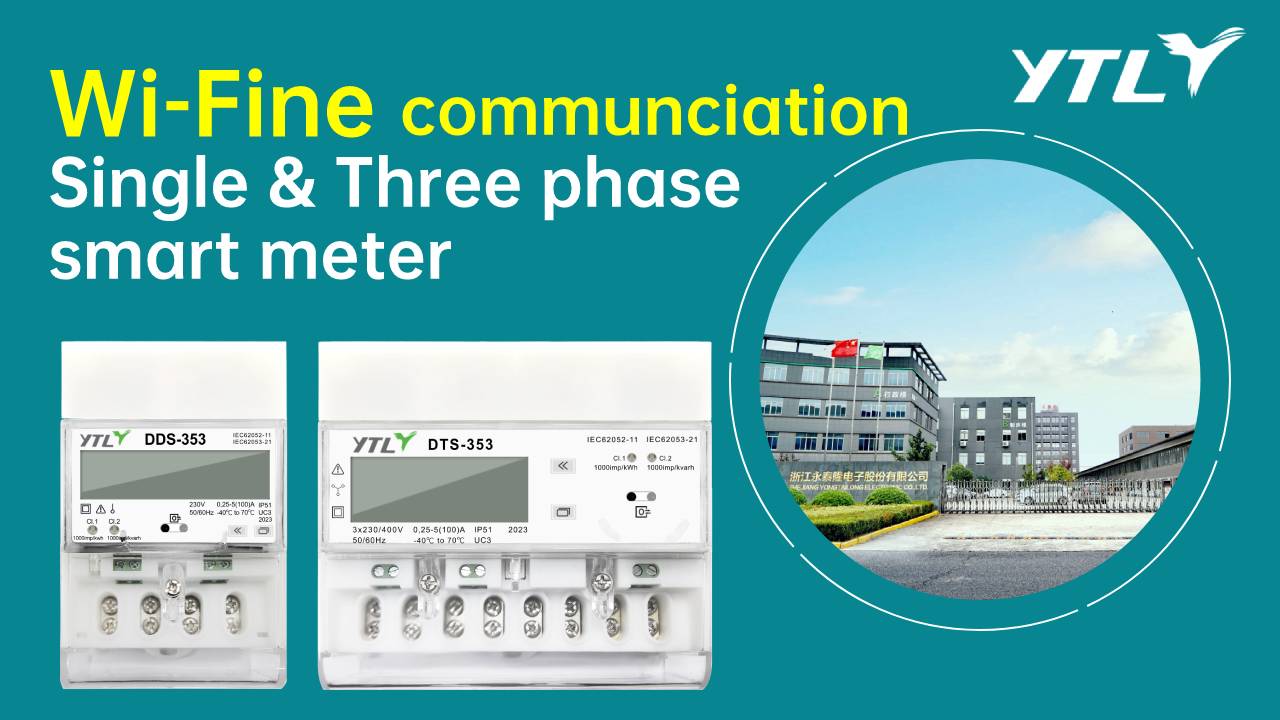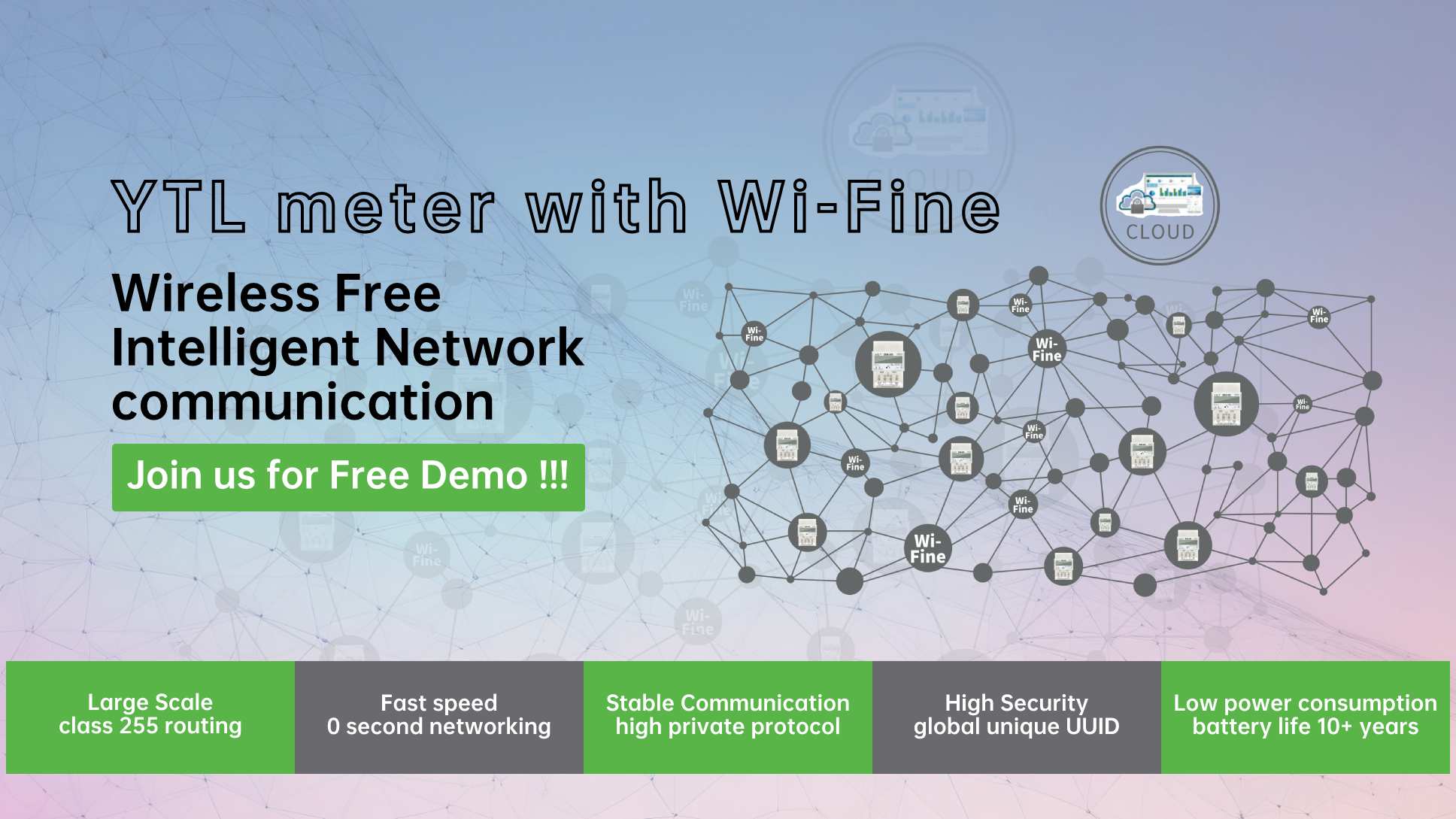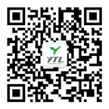The main wireless internet of things communication technologies include the following, the following is a detailed analysis and introduction:
1. Short-range wireless communication technology
1.1 Bluetooth
Bluetooth is a large-capacity near-range wireless digital communication technology standard, which aims to achieve the longest data transfer rate of 1 Mbps, the transmission distance of 10 cm ~ 10 meters of data transmission. By increasing the transmission power, the data transfer distance can be up to 100 meters. The advantages of Bluetooth technology lie in its fast speed, low power and high security, suitable for smart wear equipment, smart home and other areas of short-range wireless communications. However, the disadvantage is that the network has few nodes and is not suitable for complex multi-point scenarios.

1.2 WiFi
WiFi is a technology that allows electronic devices to connect to a wireless LAN, usually in the 2.4 g UHF or 5G SHF ISM RF band. The advantage of WiFi technology is its wide coverage, fast data transfer rate, suitable for smart home, office and other needs of high-speed data transmission and extensive coverage of the scene. However, the disadvantages of WiFi technology are poor transmission security, poor stability, slightly higher power and poor networking capabilities.
1.3 Zigbee
Zigbee is a low-power LAN protocol based on IEEE 802.15.4 standard. It supports data transmission and cooperation among various devices. The advantages of ZigBee technology lie in its low power consumption, high security and the Self-networking capability. It is suitable for wireless communication in intelligent home, industrial automation and other fields. The Zigbee network can support up to thousands of nodes and is highly flexible and scalable.
2. Low power long distance wireless communication technology
2.1 Lora
Lora is a low power wide area network (LPWAN-RRB- communication technology designed Internet of things applications. It uses spread spectrum modulation technology, with long communication distance (from a few kilometers to dozens of kilometers) , low power consumption (standby time up to several years) and strong anti-jamming capabilities. Lora technology is suitable for all kinds of long-distance, low-power wireless communication scenarios, such as smart agriculture, Smart City, environmental monitoring and so on.
2.2 Wi-fine
Wi-fine is a low-power, low-cost LAN wireless communication technology designed specifically for the Internet of things. Wi-fine uses spread spectrum modulation technology and has an extremely long communication distance (several kilometers) . Wi-fine communication has many technical advantages, such as distributed network, large network scale, wide coverage, whole network data collection, long communication distance, ability to penetrate the wall, simple deployment and low maintenance cost Widely used in power industry, hydraulic industry, smart agriculture, smart home, all kinds of sensor data transmission

2.3. NB-IoT
Nb-iot (Narrowband Internet of Things) is a new technology in the field of Internet of Things, and it is regarded as one of the important technologies before 5G commerce. NB-IoT has many advantages, such as wide coverage, many connections, low speed, low power consumption, low cost, and so on. Nb-iot technology is widely used in smart city, remote meter reading, asset management, intelligent parking, intelligent agriculture and other scenarios.
The above-mentioned main wireless Internet of things communication technologies have their own characteristics and are suitable for different application scenarios. Short-range wireless communication technologies such as Bluetooth, WiFi and ZigBee are suitable for high-speed data transmission and wide coverage, but the power consumption is relatively high Low-power long-range wireless communication technologies such as Lora, Wi-Fine and NB-IoT are suitable for iot applications that require long-range, low-power communication.
In the practical application, we can choose the suitable wireless internet of things communication technology according to the concrete demand. In the smart home, for example, devices can use wi-fi, Wi-Fine or ZigBee technology to transmit data and work together; in smart cities, environmental monitoring, etc. , lora, Wi-Fine or NB-IoT technology can be chosen to achieve long-distance, low-power data acquisition and transmission. At the same time, with the development and popularization of 5G technology, the future Internet of things communication will be more efficient, intelligent and convenient.

 English
English 中文简体
中文简体

.png?imageView2/2/w/500/h/500/format/png/q/100)



.jpg?imageView2/2/w/500/h/500/format/png/q/100)





.jpg?imageView2/2/w/500/h/500/format/png/q/100)


